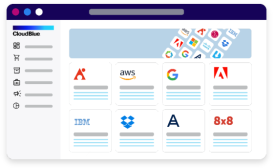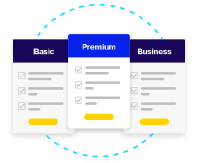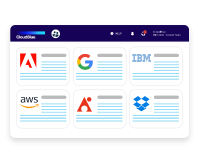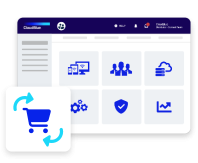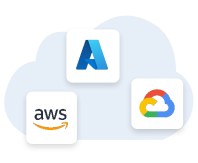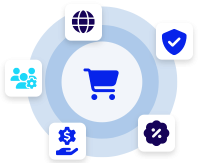Cloud monitoring refers to the process of tracking, analyzing, and managing the performance, availability, and security of cloud-based infrastructure, applications, and services. With more businesses relying on cloud environments to run their operations, having visibility into what’s happening in the cloud is essential for ensuring everything runs smoothly. Cloud monitoring tools provide real-time insights, alerting you to any issues like slow performance, potential security threats, or system outages before they affect your customers.
Think of cloud monitoring as a digital “check-up” on your cloud systems. Instead of waiting for problems to surface, monitoring tools proactively scan and assess your cloud infrastructure. Whether it’s a sudden spike in server usage, a lag in response time, or potential downtime, cloud monitoring keeps your systems in check by delivering actionable insights.
The beauty of cloud monitoring is that it covers everything from virtual machines and databases to the apps your teams use daily. It gives you a comprehensive view of your entire cloud environment, helping to optimize resources and prevent costly disruptions.
Key benefits of cloud monitoring include:
- Real-time Alerts: Get immediate notifications if performance dips or if there are potential security vulnerabilities.
- Resource Optimization: Track usage patterns to make informed decisions on how to allocate cloud resources efficiently.
- Improved Security: Monitor cloud traffic and activity for any unusual behavior that could signal a security breach.
- Cost Control: Gain insight into resource usage, helping you avoid over-provisioning and unnecessary expenses.
- Performance Tracking: Ensure that cloud-based applications and services meet desired performance benchmarks.
Cloud monitoring empowers businesses to maintain control and visibility over their cloud environments, ensuring that everything runs securely and efficiently.

